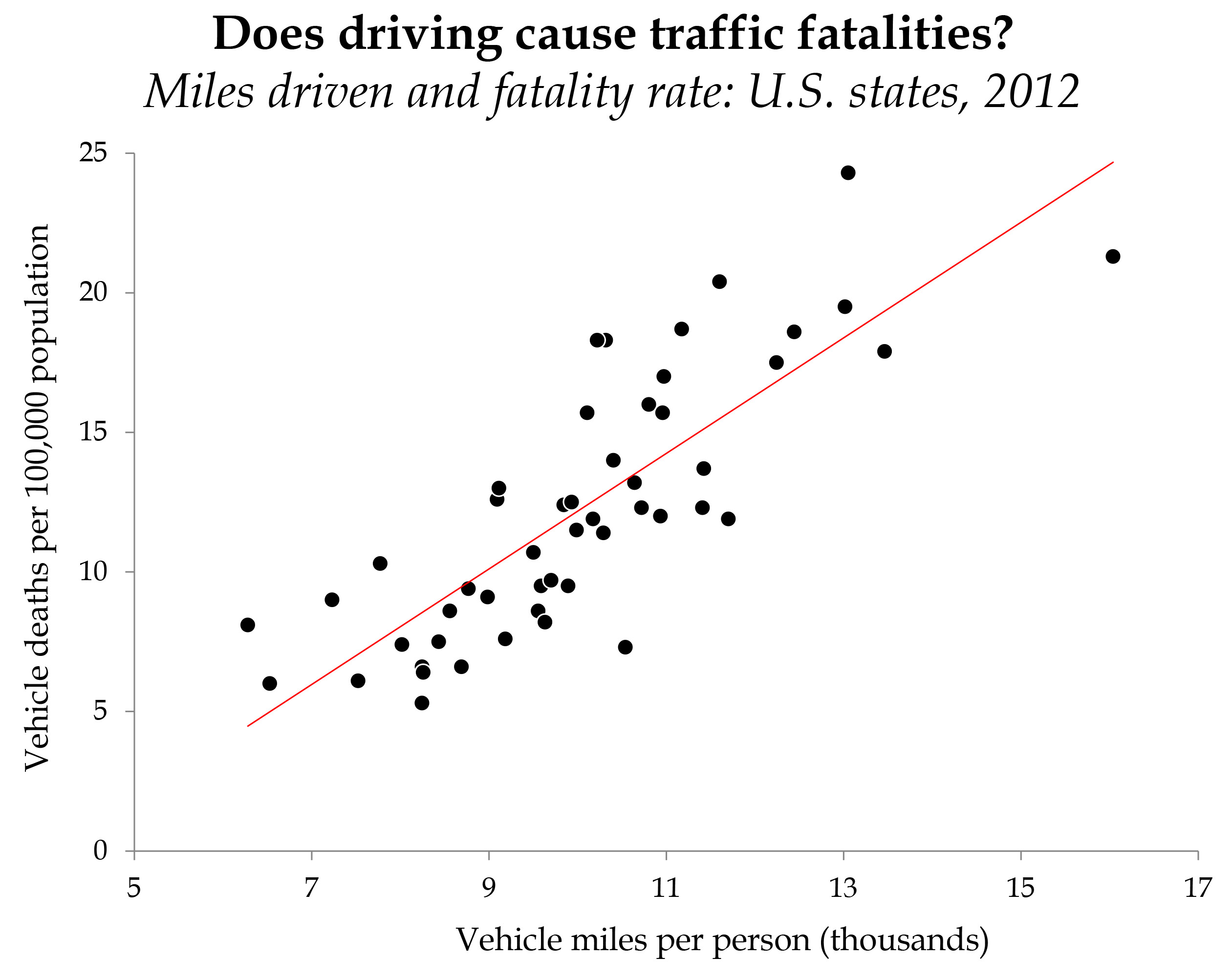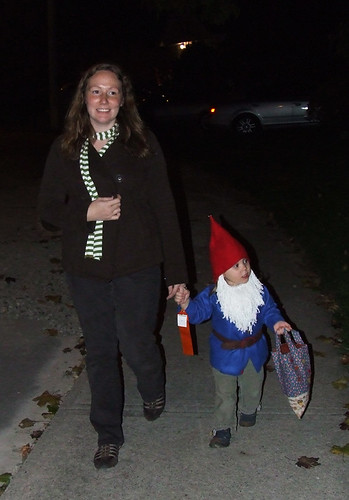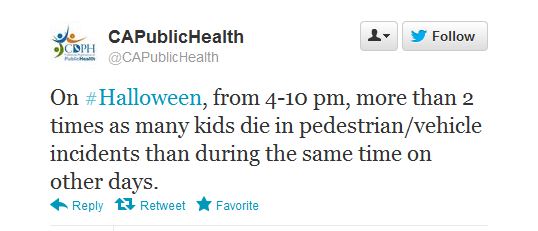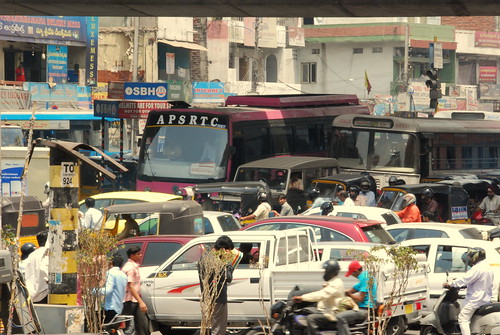(Source: Associated Press via Yahoo! Finance)

Safety board says fatal accidents were up sharply in 2008 for air taxi, medical, tour flights
WASHINGTON (AP) — There was a spike last year in deaths from crashes of air medical, air taxi and tour flights, federal safety officials said Thursday.
The National Transportation Safety Board said there were 56 so-called on-demand flight accidents in which 66 people were killed in 2008. That’s the highest number of fatalities for such flights in eight years and an increase of 13 deaths over 2007. The on-demand accident rate was 1.52 accidents per 100,000 flight hours, virtually unchanged from the previous year.
The board held a public hearing earlier this year examining the safety practices of the air medical helicopter industry. Fifteen people were killed in four medical helicopter crashes in 2008.
Major U.S. airlines, however, suffered no accident fatalities in 2008 for the second consecutive year despite carrying 753 million passengers on more than 10.8 million flights, the NTSB said. Major airlines experienced 28 accidents last year, the same as 2007.
Commuter airlines, which typically fly smaller turboprop planes, also didn’t have any accident fatalities despite making 581,000 flights last year, the board said. However, there were seven commuter airline accidents in 2008, up three from the previous year.
There were 495 people killed — one fewer than the previous year — in general aviation accidents in 2008, the board said. General aviation includes private and corporate planes.
Acting NTSB Chairman Mark Rosenker said the aviation safety record for 2008 was mixed. Click here to access today’s press release and interesting statistical tables.
Table 1. Accidents, Fatalities, and Rates, 2008 Preliminary Statistics
U.S. Aviation
| |
Accidents |
Fatalities |
Flight Hours |
Departures |
Accidents per 100,000 Flight Hours |
Accidentsper 100,000 Departures |
| All |
Fatal |
Total |
Aboard |
All |
Fatal |
All |
Fatal |
| U.S. air carriers operating under 14 CFR 121 |
– |
– |
– |
– |
– |
– |
– |
– |
– |
– |
| – Scheduled |
20 |
0 |
0 |
0 |
18,730,000 |
10,597,000 |
0.107 |
– |
0.189 |
– |
| – Nonscheduled |
8 |
2 |
3 |
1 |
621,000 |
190,000 |
1.288 |
0.322 |
4.211 |
1.053 |
| U.S. air carriers operating under 14 CFR 135 |
– |
– |
– |
– |
– |
– |
– |
– |
– |
– |
| – Commuter |
7 |
0 |
0 |
0 |
290,400 |
581,000 |
2.410 |
– |
1.205 |
– |
| – On-Demand |
56 |
19 |
66 |
66 |
3,673,000 |
– |
1.52 |
0.52 |
– |
– |
| U.S. general aviation |
1,559 |
275 |
495 |
486 |
21,931,000 |
– |
7.11 |
1.25 |
– |
– |
| U.S. civil aviation |
1,649 |
296 |
564 |
553 |
– |
– |
– |
– |
– |
– |
| Other accidents in the U.S. |
– |
– |
– |
– |
– |
– |
– |
– |
– |
– |
| – Foreign registered aircraft |
6 |
4 |
7 |
7 |
– |
– |
– |
– |
– |
– |
| – Unregistered aircraft |
7 |
1 |
1 |
1 |
– |
– |
– |
– |
– |
– |

















